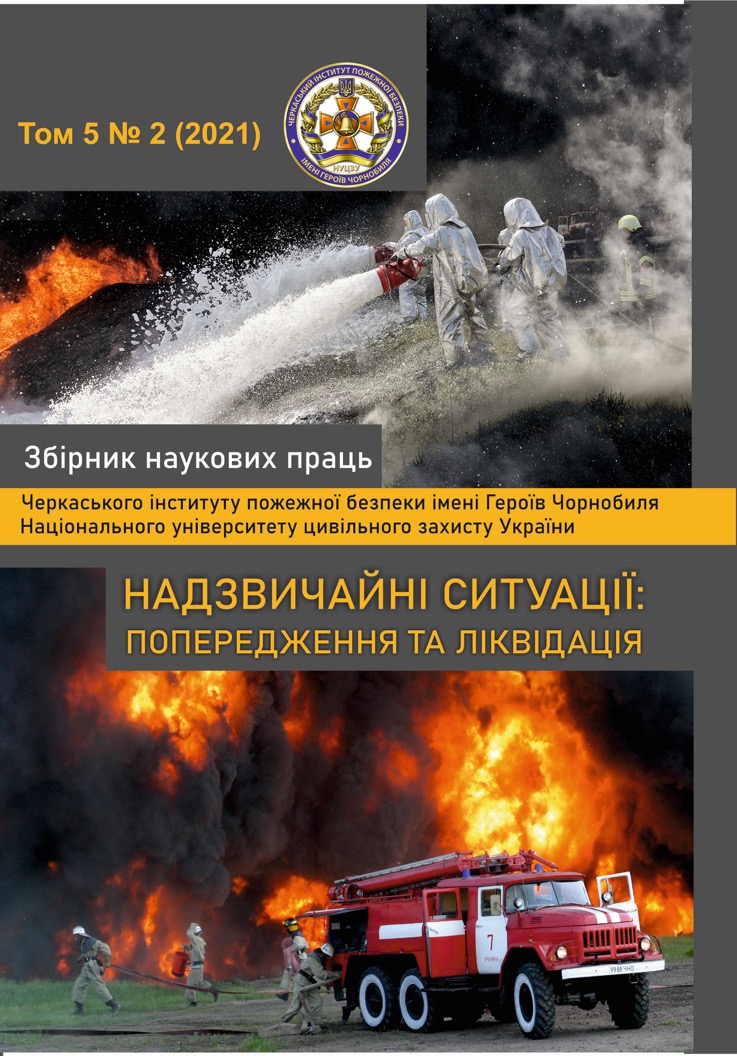APPLICATION OF UAV VIDEO COMMUNICATION SYSTEMS DURING INVESTIGATION OF EMERGENCY SITUATIONS
Abstract
The appearance in widespread use of unmanned aerial vehicles, both multi-rotor and wing-carrying aircraft, revealed the possibility of their use in the activities of the State Emergency Service of Ukraine. They can be used for emergency reconnaissance, aerial surveying, search operations, aviation chemical work related to the circulation of hazardous substances, monitoring of territories and objects, transmission of radio signals, delivery to the site of emergencies various types of payload, conducting alerting, lighting emergency situations and direct firefighting. Therefore, the issue of using unmanned aerial vehicles in the activities of the State Emergency Service of Ukraine is relevant.
In essence, the use of an unmanned aerial vehicle is reduced to two main types of work - observation or work around a point object or movement over long distances to ensure work on the earth's surface. It is clear that the technical characteristics of the unmanned aerial vehicle determines its suitability for use in the relevant types of work.
One of these characteristics is the range of radio communication, the busiest channel of which is real-time video communication, which is essential for most assigned tasks.
The article attempts to estimate the range of video data transmission by radio for the most common models of multi-rotor unmanned aerial vehicles of mass production and video data transmission systems that can be used optionally. To this end, we analyze the characteristics of video transmission systems, factors that affect the quality of video communication and others. Existing mass-produced models are best suited to work around a point object. Their use for long-distance flights will be limited by the range of video data transmission.
By overcoming this situation, the authors see the use of unified unmanned aerial vehicles equipping them with optional video transmission systems.


